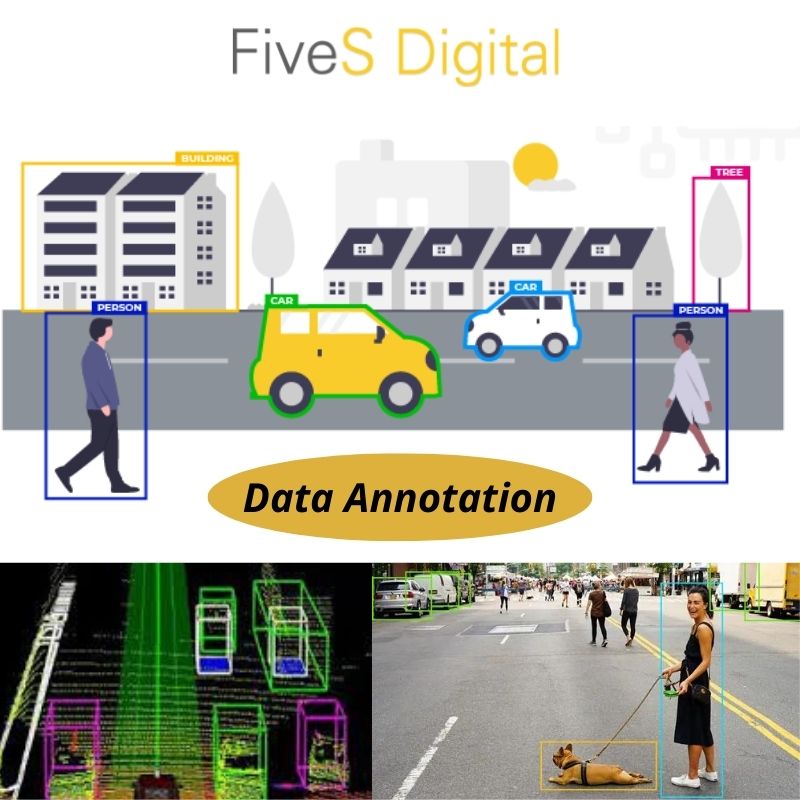You’ve gathered your data and selected the tactic and data annotation tools that best fit your model. It’s time to induce the info annotation services added to your images. This data annotation platform involves people sitting and manually marking image after image. Ideally, you would possibly be assisted by some automation tools. Still, it’s generally a manual and labour-intensive process. to allow a way of the dimensions of labour involved, MBH, a Chinese data-labelling company, employs 300,000 data labellers across China. Each labeller works a six-hour shift daily, annotating a belt of images.
In Data annotation platforms, there are a pair of various data annotation solutions available to you:
- Crowdsourcing involves paying workers – often distributed globally and dealing as freelancers – to perform a micro-task or assignment. They’re generally paid a little sum supported by their work volume.
- Additionally, each employer features a rating, and employers with a coffee rating risk workers not being eager to work on the tasks you publish. Crowdsourced labour tends to be of calibre and consistency for obvious reasons. The workers are lightly vetted or may have little idea of what they’re doing or common pitfalls. The burden of managing them falls on you. Some platforms crowdsource work but manage the workflow and sourcing of workers.
- In-House Solutions – Some companies favour solving data annotation services needs in-house. For small, easy-to-annotate datasets, this might be an excellent option. But, many companies often assign this low-level work to their data scientists and engineers, which isn’t a decent use of their time. The choice of hiring annotators who realize data annotation solutions in-house – which brings the advantages of process control and QA – carries significant overhead costs.
- Generally, this method isn’t scalable, as you invest in hiring, managing, and training employees while your data needs may fluctuate wildly over time. Teams that try and automate these processes or build in-house tech solutions often distract valuable development teams with projects that may be more efficient to outsource.
- Outsourcing – Many data annotation platforms – often based in low-cost markets like India – employ teams focused on data annotation solutions. Some suppliers leverage certain ML models to accelerate the method and do QA. By employing the annotators for data annotation services, these companies can control quality, improve quality over time as they find out about your specific needs, and supply better time estimates than the opposite options.
But ultimately, this is often still a manual process, and any cost savings come from a budget labour cost. You continue to should devote operational resources to managing this relationship. You’re still captivated by a third-party vendor, subject to delays, inconsistencies, and challenges.
As you’ll see, all of those options have significant operational, internal control, and process challenges. They typically force you to devote time and energy to things outside your core technological mandate.
Conclusion:
All of this is often to say: that high-quality data labelling requires many choices and takes time. Time is money. That’s not even for classy segmentation methods. Using data annotation services, annotating a full dataset can easily take 15,000 hours of labour on a knowledge annotation platform. This is, of course, assuming you’ll even capture the info you’re searching for. The value of human labour rapidly adds up, even when you’re paying for an answer that doesn’t fully meet your needs.
Related Blogs
